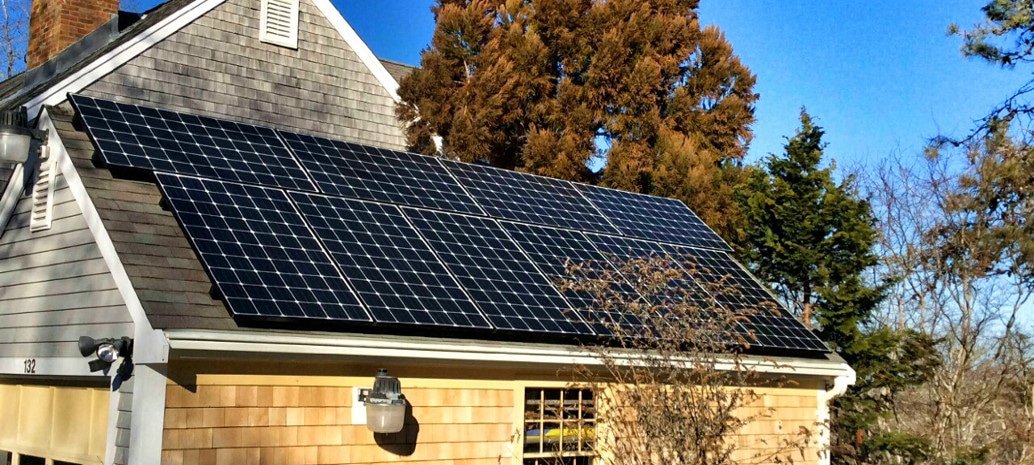On Tuesday, Massachusetts’ Department of Energy Resources (DOER) unveiled the latest articulation of its draft solar incentive program, which will support the next 1600 MW of solar PV which Massachusetts Governor Charlie Baker (R) has committed to.
But that wasn’t actually the best part of the announcement. Instead, it was that Massachusetts will extend eligibility for projects larger than 25 kW under the SREC 2 program until the next program starts, at SREC factors of 0.5 (managed growth segment) to 0.7.
Projects below 25 kW had already been approved to continue under SREC 2 at a 0.8 SREC factor. Larger projects that are already in the queue will need to re-submit their applications, and the program is open to new projects as well.
DOER plans to make this happen through emergency regulation, and in a presentation acknowledged the urgency of the situation, noting that the end of SREC 2 “has created a situation where nearly all commercial solar development has been halted”.
“Additionally, the declining block program is unlikely to be in place before next year, creating at least a 7-12 month gap between programs for this market sector,” noted DOER.
This move was cheered by the solar industry. “Today, the Baker Administration built a much-needed bridge between the end of the current solar incentive program and the beginning of the new one,” said Solar Energy Industries Association VP of State Affairs Sean Gallagher.
As for the new program, DOER has verified that it will be a declining block grant incentive program, per the initial draft revealed in September. The program will pay an “adder” to the cost of energy declined to bring the all-in compensation rate to a set and declining level on a per kilowatt-hour basis.
These incentives will be paid out over 20 years for projects above 25 kW, and for 10 years for smaller projects.
DOER is still taking comments and finalizing program details, but set out a new proposal which builds on the first draft issued in September. One of the new proposals is for the initial incentive level for projects above 1 MW to be set via a competitive procurement. For projects below 1 MW, indices would be used to set compensation.
In addition to the option of receiving compensation through net metering, DOER also announced a new option of an on-bill crediting system. Standalone facilities would quality for a buy-all, sell-all option.
Additionally, DOER announced adders for location and offtaker type, meaning additional incentives for community solar, low-income and municipal projects, as well as projects on brownfields.
And while the program sets aside 319 MW for projects smaller than 25 kW, some advocates were disappointed in the lack of a carve-out for low-income and community projects.
“It’s critical the Baker administration ensure the final solar program meaningfully serves renters and low and moderate income communities,” stated Joel Wool, an energy advocate at Clean Water Action. “We can’t have a program that allows homeowners to save hundreds of dollars each year but gives renters only a microscopic benefit.”
The program still needs to go through another round of comments before it is finalized but DOER expects to issue its emergency regulation in March, to get the ball rolling for the program to go into effect in January 2018.
This content is protected by copyright and may not be reused. If you want to cooperate with us and would like to reuse some of our content, please contact: editors@pv-magazine.com.









SREC2 is still open through the end of the year. If a homeowner is remotely interested in going solar, get an evaluation ASAP. I am the owner of Massachusetts solar company who caters to residential and small commercial projects. We provide free consultations. The SMART program does provide continuity for larger projects, but it’s just not as good for homeowners. Residential has the largest number of projects in the state, but already takes the lowest pie of incentives (most incentives go to investors who are out of state). This just feels like another slap in the face from big business.